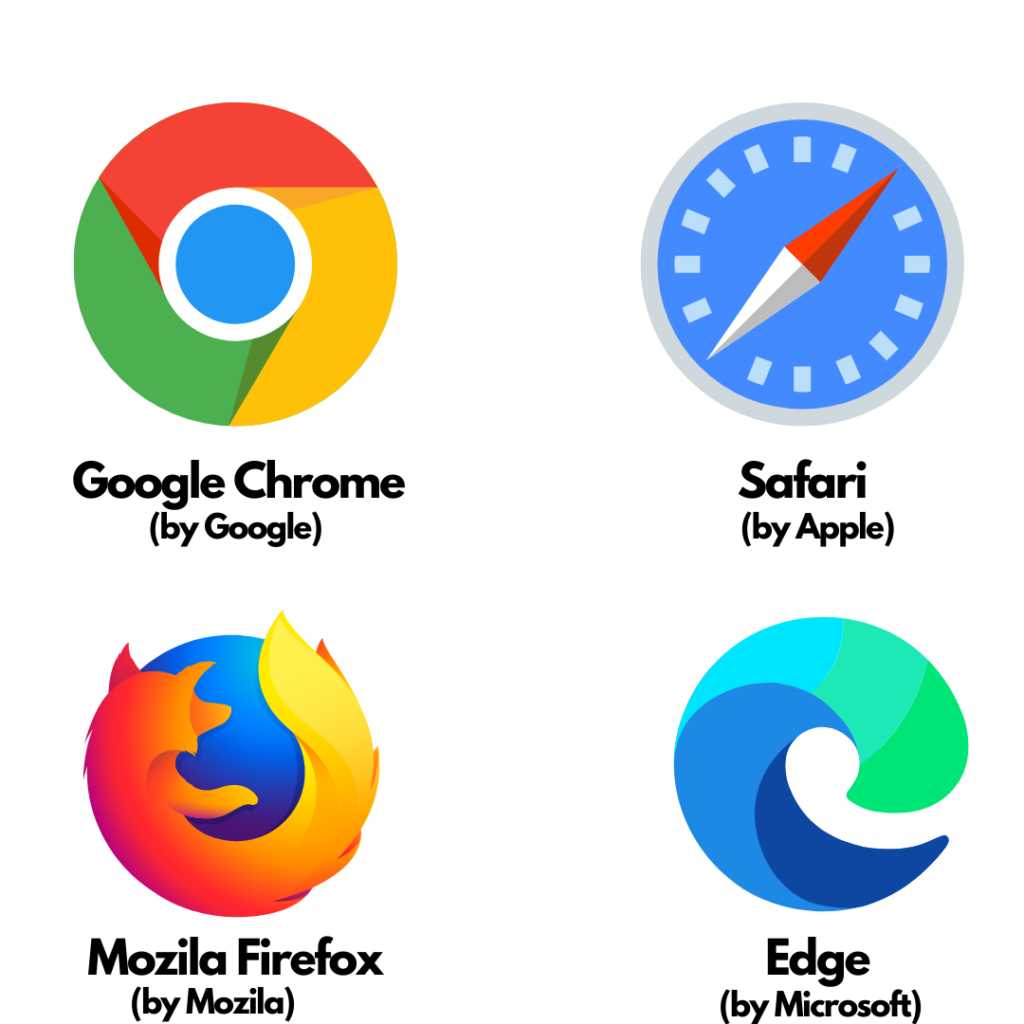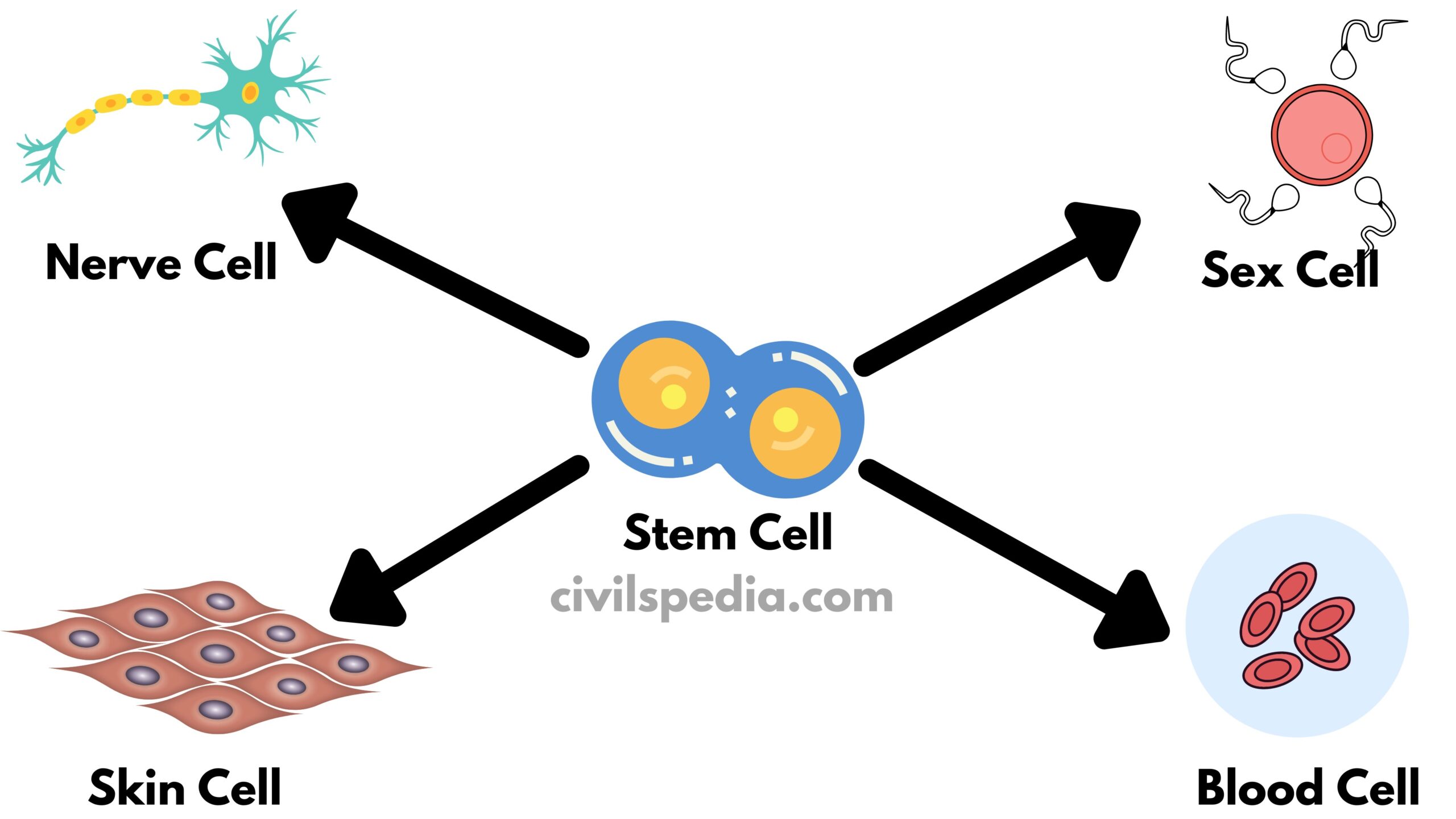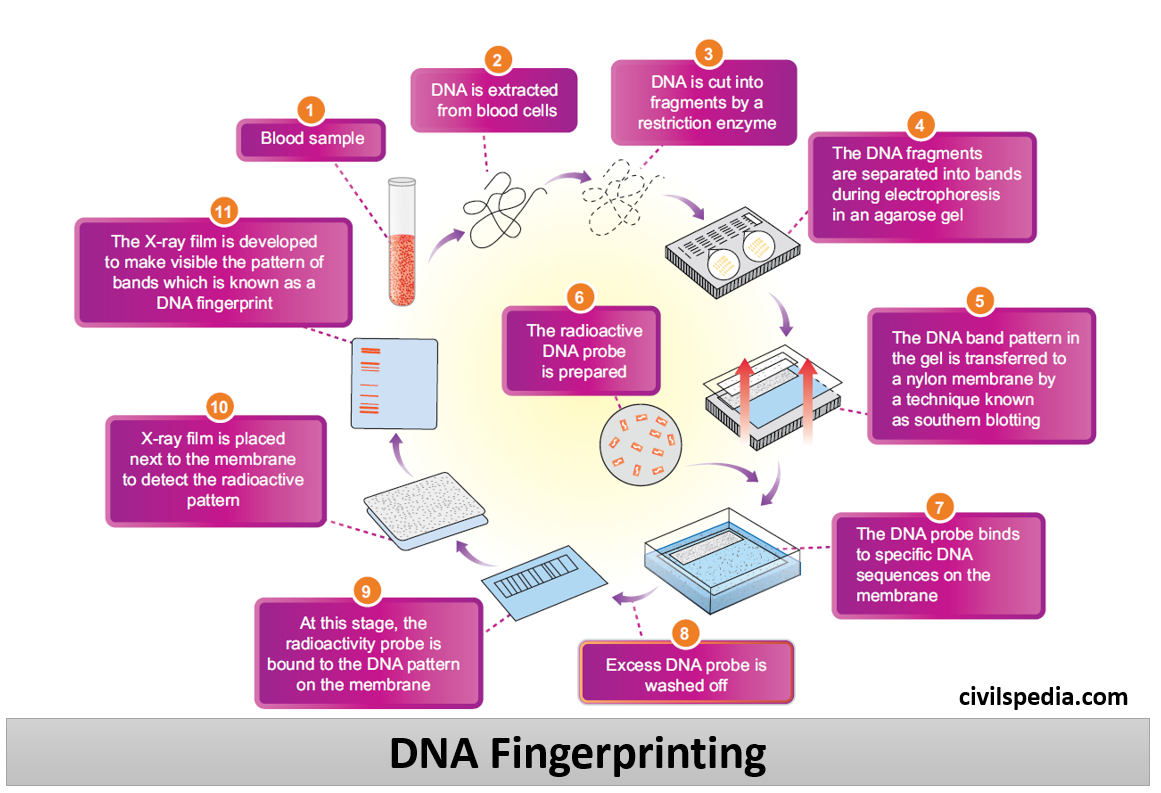Internet
This article deals with ‘ Internet – UPSC.’ This is part of our series on ‘Science and Technology’ which is an important pillar of the GS-3 syllabus. For the whole syllabus of Science and Technology, you can click here.
Introduction

Internet is the term used for the global area network that connects the computers spread all over the world.
Timeline
| 1969 | ARPANET was developed by the American Defence Agency which connected 4 universities into a network (University of California (Los Angeles), University of California (Santa Barbara), University of Utah and Stanford University). |
| 1973 | Internet Protocol (IP) was designed by Vint Cerf and Bob Kahn. It was a technique by which the information could be divided into small packets and could be sent to another computer. |
| 1986 | US National Science Foundation (NSF) launched NSFNET which was the first wide-range network in which the Internet technique was used. |
| 1989 | Tim Berners Lee of CERN developed a new technique for sharing information on the Internet. It was called World Wide Web (www). |
| 1993 | Mosaic (1993), Netscape (1994) and Microsoft (1995) launched their browsers. As a result, the use of the Internet became easy for users. |
| 1996 | Internet became popular and the number of internet users reached 15 million. |
| 1997 | Google search engine was launched. (Note: LYCOS (in 1993) and WEB CROWLER (in 1994) were the first search engines). |
| 1999 | The concept of ‘e-Commerce’ came to being. |
| 2001 | Wikipedia was launched (by Jimmy Wales). |
| 2004 | Social Media site ‘Orkut’ was launched. |
| 2005 | YouTube was launched (by Javed Karim, Steve Chen and Chad Hurley) |
Internet Protocol (IP)
- Internet Protocol represents the set of rules that govern sending and receiving messages on the internet. The data sent from one computer to another, on the Internet, follow this protocol.
- Every computer has its address in the network. This address is called the Internet Protocol (IP) address. Information is sent to another computer in the broken form of small packets. When these packets reach a computer, the computer assesses whether this information is sent for it or not.
IPv4 and IPv6
- The Internet Protocol version 4 (IPv4) provides an addressing capability of approximately 4.3 billion addresses. The more advanced version i.e. Internet Protocol version 6 (IPv6) is capable of providing an infinite number of addresses, thereby accommodating the growing number of networks worldwide.
- Internet Engineering Task Force (IETF) ratified IPv6 in July 2017.
- The appearance of IP addresses is different. IPv4 uses four 1 byte decimal numbers, separated by a dot (i.e. 192.168.1.1). IPv6 uses hexadecimal numbers separated by colons (i.e. fe80: d4a8:6435:d2d8:d9f3b1:1).
- Along with that, IPv4 is less compatible with mobile networks than IPv6.

Side Topic: Intranet and Extranet
- Intranet is a website used by organizations to provide a place where employees can access company information (eg: policies, procedures, staff, directory, department info), tools (quick links to common apps, forms etc.) and collaborate (with social sharing tools similar to Facebook).
- Extranet is a private network that uses Internet technology and the public telecommunication system to securely share part of a business’s information or operations with suppliers, vendors, partners, customers, or other businesses.

URL
- A URL is an address that shows where a particular page can be found on the World Wide Web.
- URL is an abbreviation for ‘Uniform Resource Locator (URL)’.

Ways of accessing the internet
The Internet can be accessed in a number of ways like
| Dial-up Internet Access | It has the slowest speed (~60Kbps). In this, the Internet is accessed via telephone line by dialling number provided by the Internet Service Provider. |
| Cable Internet Access | Local Cable TV operators can also give access to the internet. |
| Broadband | It provides the maximum internet speed (minimum of 512 Kbps in India). |
| Satellite Services | It is used in rural and remote areas using satellite and small dish connected to the modem. |
| Mobile methods | A person can also use the internet on his Smartphone and Tablet using Cellular Services. |
Applications of the Internet in India

Education
- It can help to provide education through Massive Open Online Courses (MOOCs).
- During the COVID-19 pandemic, online education via the internet played an important role.
Telemedicine
- The use of ICT in delivering clinical care is termed Telemedicine.
- A high-speed communication link makes it possible for the local general practitioner to perform complex medical surgery under the guidance of a specialist.
- Advantage: Cost-effective as well as can be easily provided in remote and isolated regions.
Entertainment on Demand
Key applications of EoD include
- Video on Demand (VoD)
- Music Downloads
- On line gaming
- Video chat
E-Governance
- Electronic governance or e-governance is the application of information and communication technology (ICT) for delivering government services.
Social Networking
- Social networking is the use of internet-based social media programs to make connections with friends, family etc. Examples of social networking include Facebook, Instagram, Youtube etc.
Searching Jobs
- Nowadays, many people search for their jobs online using naukri.com, monster.com, recruitmentindia.com etc. as it is quicker.
Online Shopping
- The internet has also facilitated the introduction of a new market concept consisting of virtual shops. For example Amazon and Flipkart.
Stock market updates
- It involves selling or buying shares while sitting in front of a computer through the internet. Several websites like ndtvprofit.com, moneypore.com, provide information regarding investment.
Travel
- One can use the internet to gather information about various tourist places. It can also be used for booking Holiday tours. Some of the websites providing this service are goibibo.com, makemytrip.com, olacabs.com etc.
Research
- Researchers use the internet to find information as well as to come in contact with peers.
Online Payments
- The rising boom of online payments in India has given way to many new entrants in the industry such as Paytm, Google Pay etc. who are majorly wallet driven payment companies.
Broadband
- Broadband can be defined as a high-capacity transmission technique, using a wide range of frequencies, enabling the communication of large data simultaneously. Presently, to be categorised as Broadband, the minimum download speed requirement is 512 Kbps.
- Broadband also provides a combination of Video on Demand (VoD), broadcast television, fast internet access, streaming media, games, music & telephony services from a single network.
- Hence, major essentials of Broadband are
- Multi-Service Component
- High speed
Broadband Users in India
There were 422 million (42.2 crores) broadband subscribers in India in 2017, which is envisaged to be increased to 600 million (60 crores) by 2020 through schemes like the BharatNet project, Digital India Program etc.
Internet Browsers
- Looking for information on the internet is called surfing or browsing. To browse the internet, a software called the web browser or browser is used.
- Web browsers translate HTML documents of the website and allow to view them on the screen.
- Famous Internet Browsers includes

ICANN
Who governs the Internet?
- It is a frequently asked question. The truth is that no centralized management of the internet exists. The internet as a whole does not have a single controller.
- But ICANN is a voluntary membership organization and takes the responsibility to promote global information exchange through Internet technology. Internet Corporation for Assigned Names and Numbers( ICANN) administers the domain name registration. It helps to avoid a name that is already registered.
ICANN

- ICANN = Internet Corporation for Assigned Names and Numbers
- ICANN is a non-profit public benefit corporation that coordinates the Internet Domain Name Servers, IP addresses and the protocols that underlie them. It also coordinates with various stakeholders like companies, individuals, and governments to ensure smooth working of the Internet
- It was created by the U.S. government in 1988. But presently, it is an international, community-driven organization independent of any one government.
- It is headquartered in the Playa Vista neighbourhood of Los Angeles. It holds meetings three times a year, switching the international location for each meeting.
Challenge to ICANN
Countries like Russia and China, which exercise a large degree of control over their domestic internet access, have proposed multilateral oversight through the International Telecommunications Union (ITU) of the United Nations.
W3C
- W3C stands for “World Wide Web Consortium.”
- The W3C is an international community that includes a full-time staff, industry experts, and several member organizations.
- W3C works for developing the standards of the World Wide Web (www) to facilitate better communication ability and cooperation among all web stakeholders.
- It was established in 1994 by the creator of the WWW, Tim Berners-Lee.












































